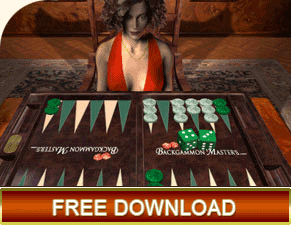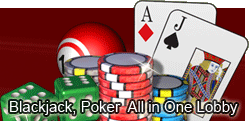
The ancient games of backgammon tabula
Many people are intrigued by backgammon tabula; the Roman version from which the modern backgammon game evolved. The name tabula was well chosen as the Latin word translates as either table or board. The popularity of the game is recorded from various ancient sources. Even the Emperor Claudius was a fan!
As expected, there are many similarities and differences between tabula and its modern counterpart. The setup of the board was the same; 12 triangles used to mark the points, with 15 playing pieces required per player. However, with backgammon tabula there was no rigid starting setup; both players started off the board, using dice to determine their starting points.
The players moved around the board in the same horseshoe shape, but both players started in the same place and moved in the same direction, bearing off at the same place. Another significant difference is that backgammon tabula used three dice to determine the movement of the players. Each dice represented the move of a single piece. There was no option to double in backgammon tabula, and so no need for the double dice either. This was a later addition.
Like the modern version, the aim off the game was to get all the pieces to the finishing area, and bear off. Pieces could only occupy empty points or points containing one opponents piece. Pieces were moved to the bar when a blot came into play, and had to re-enter the game before other pieces could be moved. However, backgammon tabula required all a players pieces to be entered into the game before they could use the second half of the board.
An interesting similarity is that even in ancient times, Romans played backgammon tabula for moneybut how exciting would that be without being able to double?
|
|

